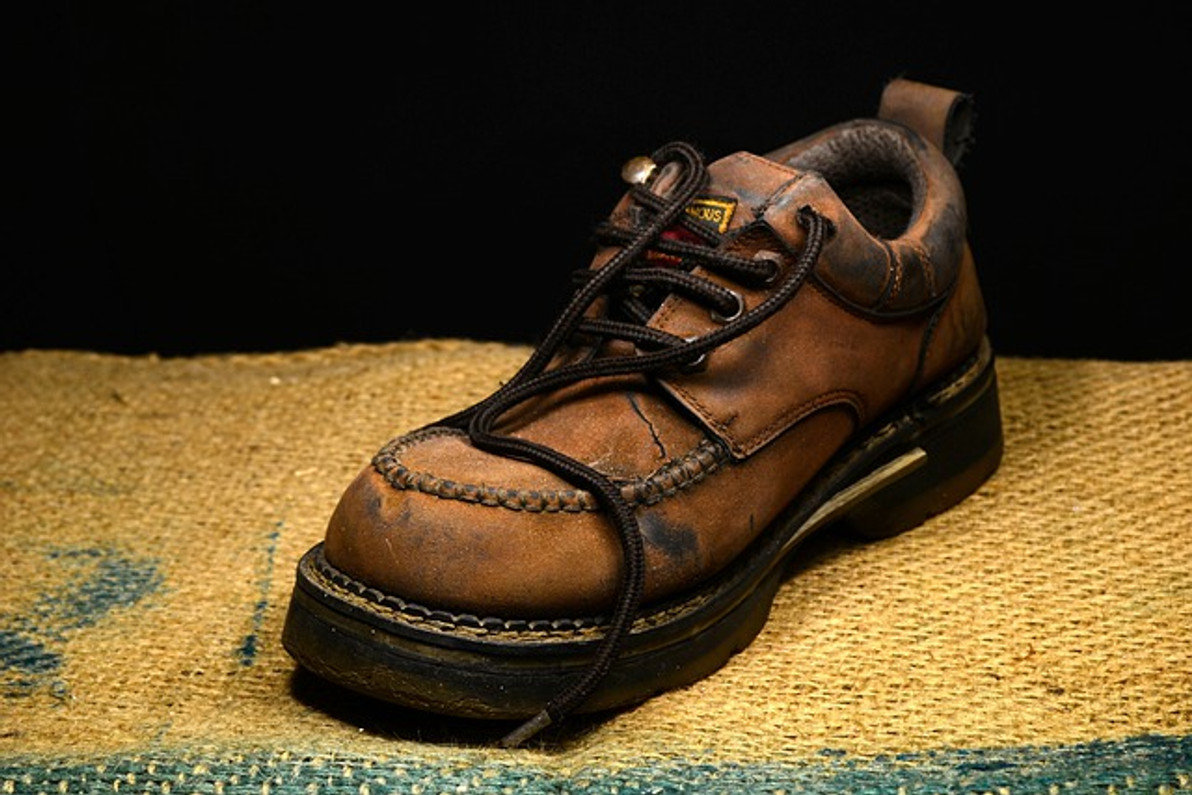What Is Non-Skid Footwear?
Many workplaces require the use of non-skid footwear. It's a form of personal protective equipment (PPE) that, like other forms of PPE, protects workers from bodily injury. Even if your business's workplace doesn't require it, though, you may want to wear non-skid footwear.
The Basics of Non-Skid Footwear
Non-skid footwear is characterized by a slip-resistant bottom. In other words, the outsole is designed to create and maintain traction with the floor. Even when walking on wet or otherwise slippery floors, you won't lose traction. Non-skid footwear will "grip" the floor so that you don't slip and fall.
You can find both shoes and boots with a slip-resistant outsole. The outsole is the bottom, exterior part of a shoe. When walking, the outsole will touch the floor. Non-skid footwear consists of shoes and boots that feature a slip-resistant outsole.
Common Features of Non-Skid Footwear
The defining feature of non-skid footwear is a slip-resistant outsole. If you turn a non-skid shoe or boot upside down, you'll notice the outside has deep treads. The outside isn't smooth, nor does it have shallow treads. Rather, the outsole on non-skid footwear has deep treads.
Deep treads give non-skid footwear their slip-resistant properties. They work in a similar way as the treads on car tires. Car tires -- especially all-weather tires -- have deep treads that grip the road. Non-skid footwear has deep treads that grip the floor.
In addition to deep treads, most types of non-skid footwear are made of a rubber or similar material. Rubber is the preferred choice of material for non-skid footwear. They may not be made entirely of rubber. But the outsole of most non-skid footwear is made of rubber. This is due to the fact that rubber is a naturally slip-resistant material. The combination of deep treads and a rubber outsole makes non-skid footwear highly effective at resisting slipping.
Benefits of Non-Skid Footwear in the Workplace
Non-skid footwear can lower the risk of slip-and-fall injuries in the workplace. Thousands of workers are injured each year due to slip-and-falls. With non-skid footwear, slip-and-fall injuries are less likely to occur.
While available in different types, most non-skid footwear is comfortable. They are designed for workers. Workers, of course, may stand on their feet for eight or more hours each day. Fortunately, non-skid footwear is ergonomically designed to offer a high level of comfort. You can wear non-skid shoes or boots all day long without experiencing any foot pain or discomfort.
Recent Posts
-
Fire Safety in the Workplace: What You Need to Know
What steps are you taking to prevent fires in your workplace? According to the U.S. Occupational Saf …Aug 23rd 2023 -
Is It Safe to Go Jogging With a Cold Infection?
If you're suffering from a cold infection, you might be wondering whether it's safe to go jogging. T …Aug 22nd 2023 -
5 Safety Tips to Follow When Using a Powder-Actuated Tool
Powder-actuated tools are commonly used to join materials to steel and concrete. Also known as Hilti …Aug 20th 2023




